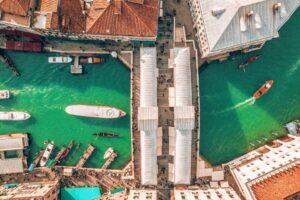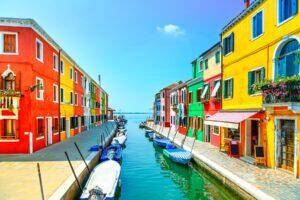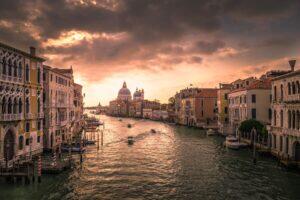Fodor's Expert Review Campo Santi Giovanni e Paolo
This large, attractive square is the site of two city landmarks: the imposing namesake Gothic church and the Scuola Grande di San Marco, with one of the loveliest Renaissance facades in Italy. The scuola's (men's fraternal institution) exterior is the combined work of Venice's most prominent Renaissance architects. The facade was begun by Pietro Lombardo in the 1480s, then in 1490 the work was given over to Mauro Codussi, who also added a grand stairway in the interior. In the 16th century, Sansovino designed the facade facing the Rio dei Mendicanti. The campo also contains the only equestrian monument ever erected by La Serenissima. The rider, Bartolomeo Colleoni, served Venice well as a condottiere, or mercenary commander—the Venetians preferred to pay others to fight for them on land. When he died in 1475, he left his fortune to the city on the condition that a statue be erected in his honor "in the piazza before San Marco." The Republic's shrewd administrators coveted... READ MORE
This large, attractive square is the site of two city landmarks: the imposing namesake Gothic church and the Scuola Grande di San Marco, with one of the loveliest Renaissance facades in Italy. The scuola's (men's fraternal institution) exterior is the combined work of Venice's most prominent Renaissance architects. The facade was begun by Pietro Lombardo in the 1480s, then in 1490 the work was given over to Mauro Codussi, who also added a grand stairway in the interior. In the 16th century, Sansovino designed the facade facing the Rio dei Mendicanti. The campo also contains the only equestrian monument ever erected by La Serenissima. The rider, Bartolomeo Colleoni, served Venice well as a condottiere, or mercenary commander—the Venetians preferred to pay others to fight for them on land. When he died in 1475, he left his fortune to the city on the condition that a statue be erected in his honor "in the piazza before San Marco." The Republic's shrewd administrators coveted Colleoni's ducats but had no intention of honoring anyone, no matter how valorous, with a statue in Piazza San Marco. So they collected the money, commissioned a statue by Florentine sculptor Andrea del Verrocchio (1435–88), and put it up before the Scuola Grande di San Marco.
READ LESS








